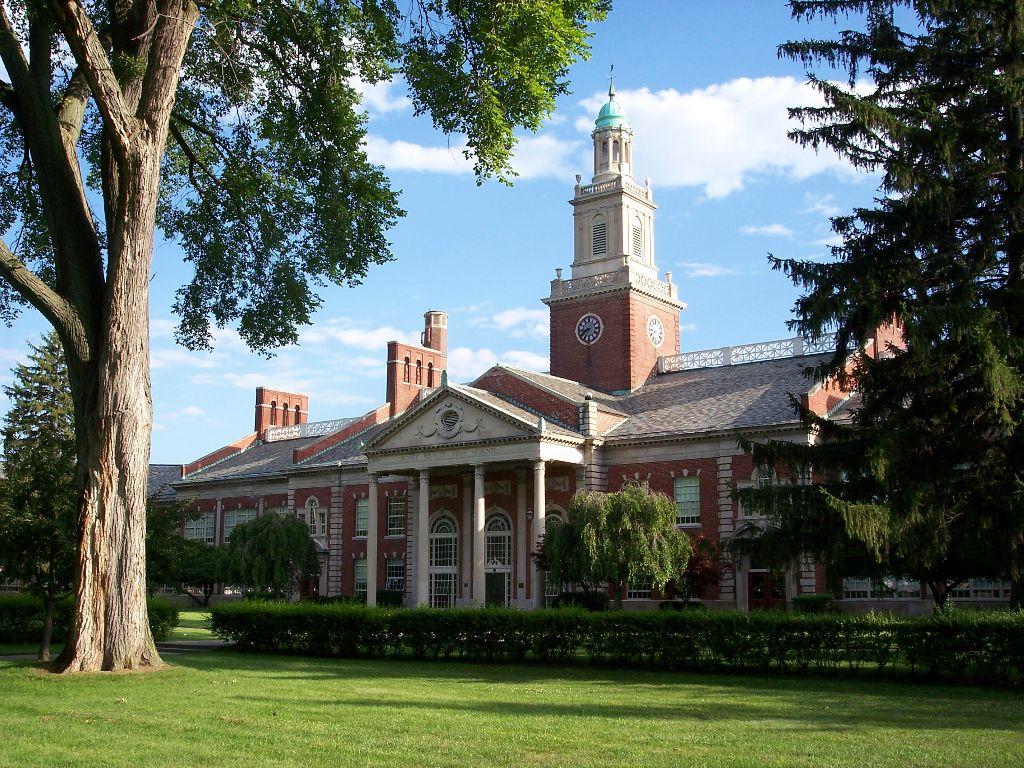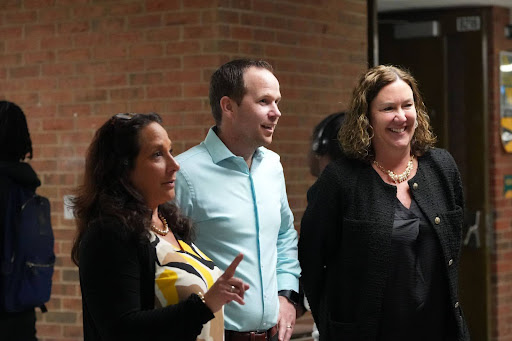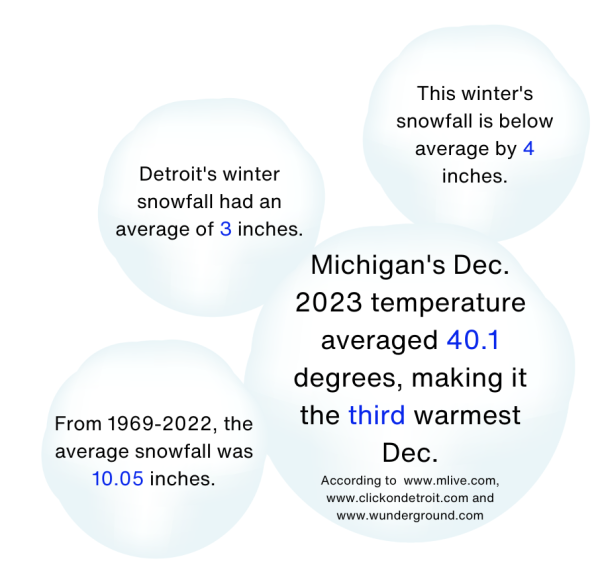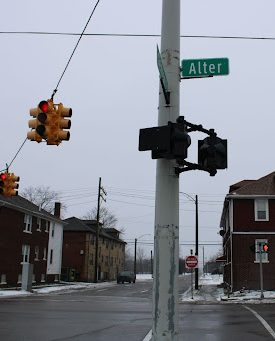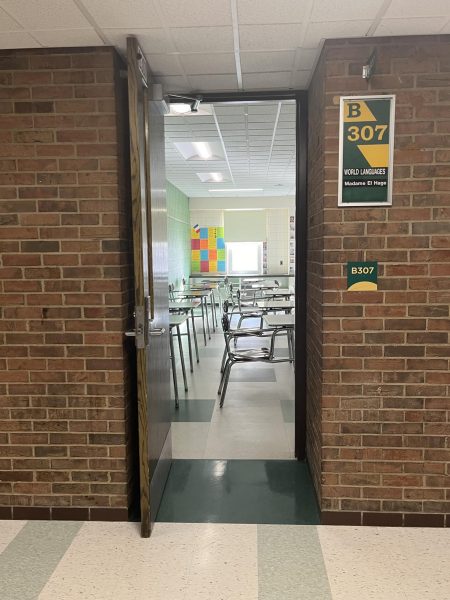Unite the Farms
Contributing: Stephanie Roy and Jen Kusch
“Unite” is a word associated with camaraderie and a common purpose, and this idea has inspired the brewing Unite the Farms movement.
Unite the Farms was a petition started by a group of Grosse Pointe Farms residents who wanted to move ten blocks of the Farms to the South District. Those ten blocks lie north of Moross, the dividing line between the North and South districts. The problem? Those ten blocks are in Grosse Pointe Farms, an area that is predominantly in the South district. The kids in this area attend Brownell with other kids in the Farms, but part with them when high school comes around and they must attend North.
“I think if you’re assigned to one place, if you’re in that territory, you should just accept it and go to that school,” Christian Perrino said. Perrino is a current Brownell student that lives in this part of the Farms.
The new group is citing friendship as their motivation to redraw the 45-year-old border. They believe that by extending the borders for the South District, all of the kids living in the Farms will be able to go to South without worrying about losing their neighborhood friends.
Those now infamous 10 blocks have been a part of the North district for more than four decades, and the people living there have known that their children would be obligated to attend North since they purchased their homes in the North district.
While South students argue the social aspect of the school decision, others challenge it, voicing the counter arguments that are not being addressed.
“We’d lose students. South is already too crowded for them to have lunch, according to The Tower article I read a couple weeks ago… they are overflowing in certain areas,” North social studies teacher Greg Wolff said.
South has housed a much larger population than North for many years now, and this affects the funding for the schools. South has 366 more students than North does. Residents against this petition have expressed that friendships cannot compare to the affects this campaign could have on both schools. The funding that North could lose could sacrifice the quality of education for all of the students there, and many believe that a few friendships are not worth that price.
The controversial dispute has recently made its way out of the Grosse Pointe bubble and over to The Detroit Free Press, with the reactions to the article highlighting the diverse opinions held by people across the Metro Detroit area. The biggest issue some have with the movement? The legal backing for the Unite the Farms argument: the Supreme Court case known as Brown v. Board of Education. The use of this case calls into question the quality of the education that North can provide students. However, many believe it has no direct correlation to the “friendship” argument, the spoken purpose of the movement, and this has residents of the North district up in arms.
This movement has caught the attention of many board members, along with superintendent Dr. Tom Harwood.
“We have a long tradition in the history of how our students are identified on which school they go to, and as the superintendent I think that we should be proud of all the schools we have across the district,” said Dr. Harwood. “And we’re attempting to be as consistent as possible to provide equal access to educational opportunities.”
Unite the Farms has stirred up criticism and support from many people in the community. Either way, Dr. Harwood hopes to see this movement coming to end in the near future.
“I believe that the opportunities that exist for both schools, for students who take advantage of the education that is provided to them, both schools provide a wonderful educational opportunity,” Harwood said. “There is some surprise in regards to the level of concern that some of the individuals from the Unite the Farms have at this point.”


